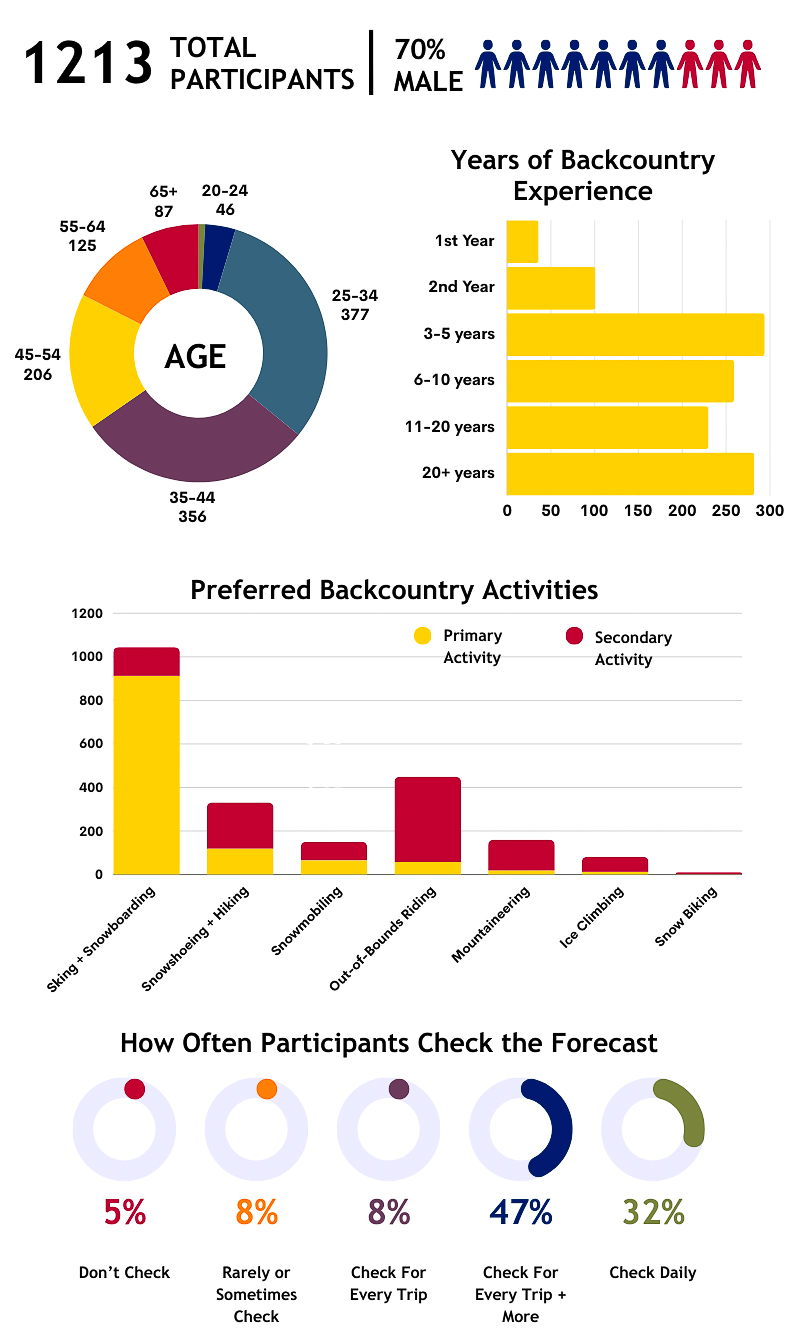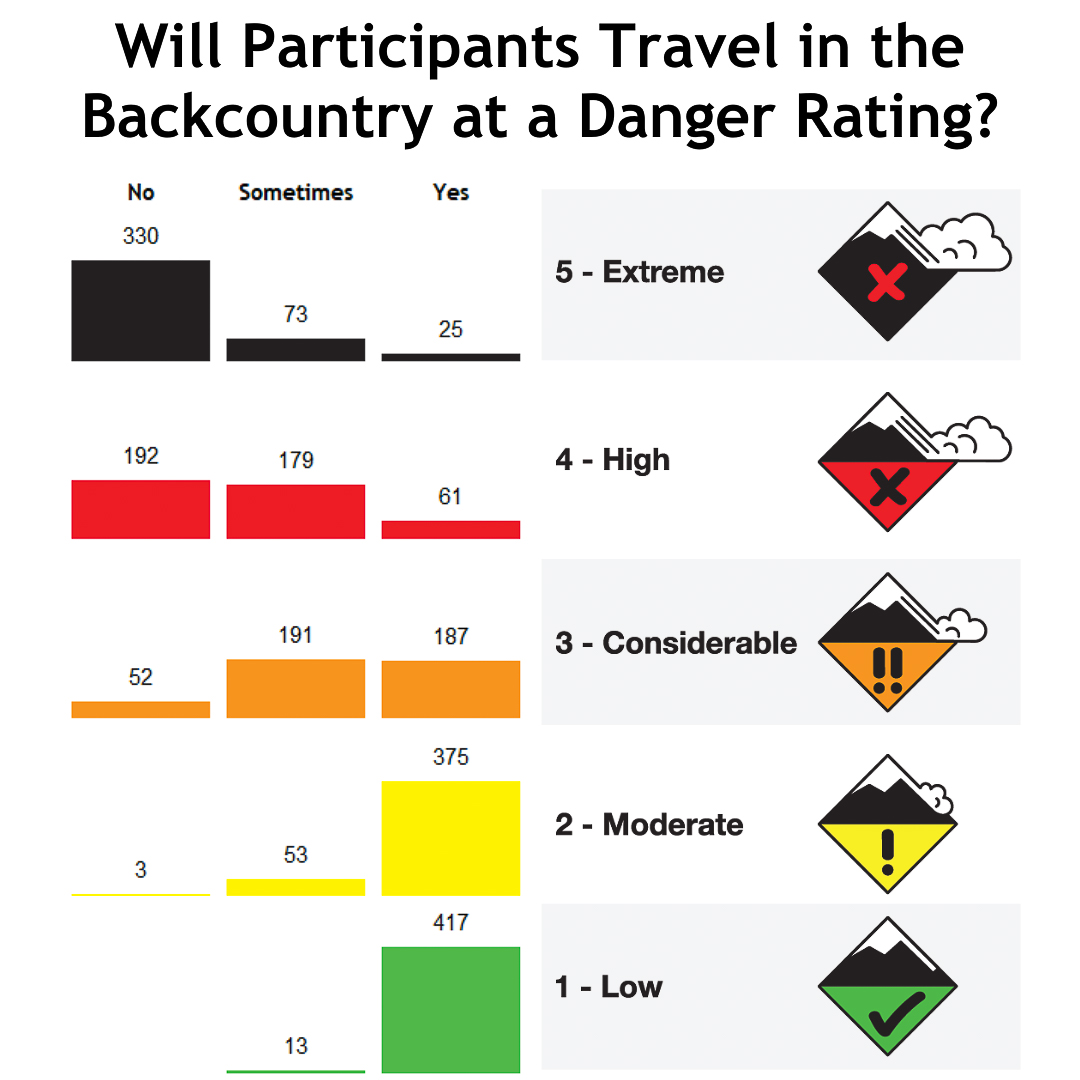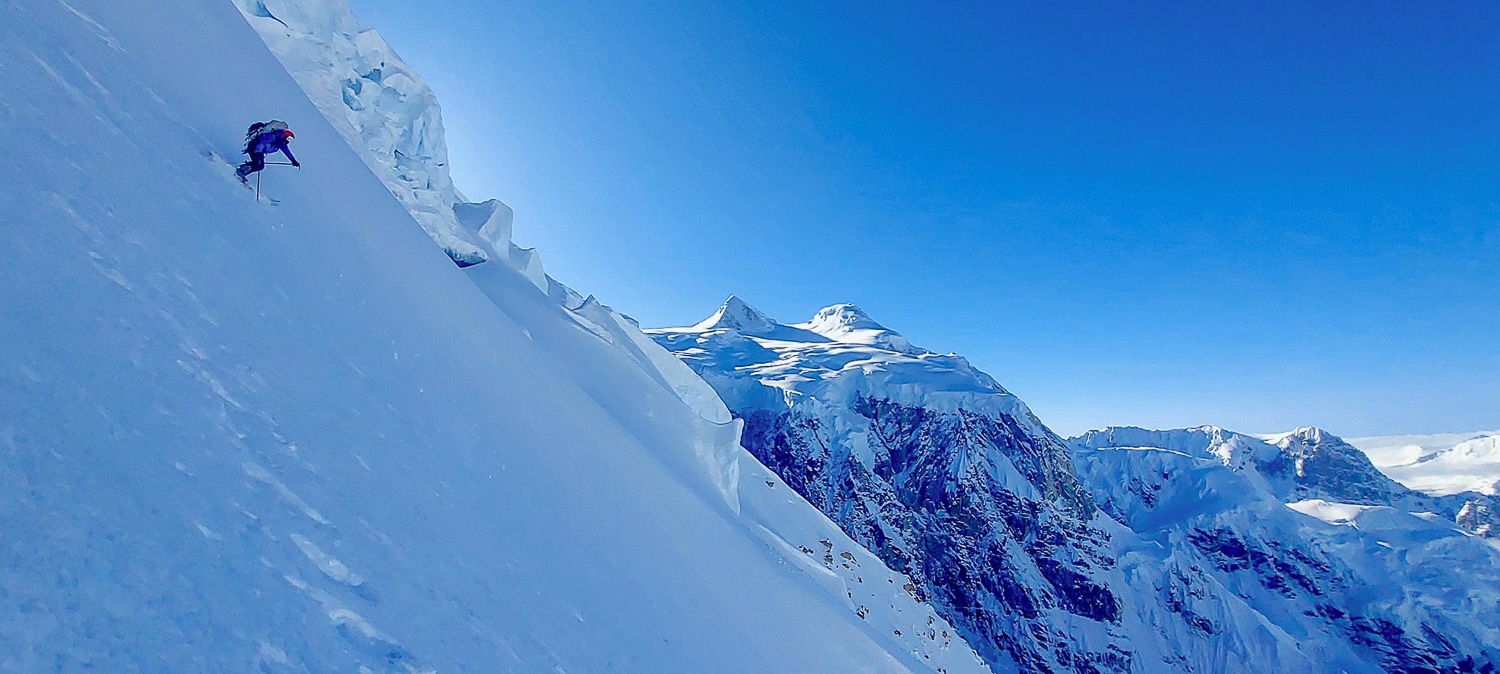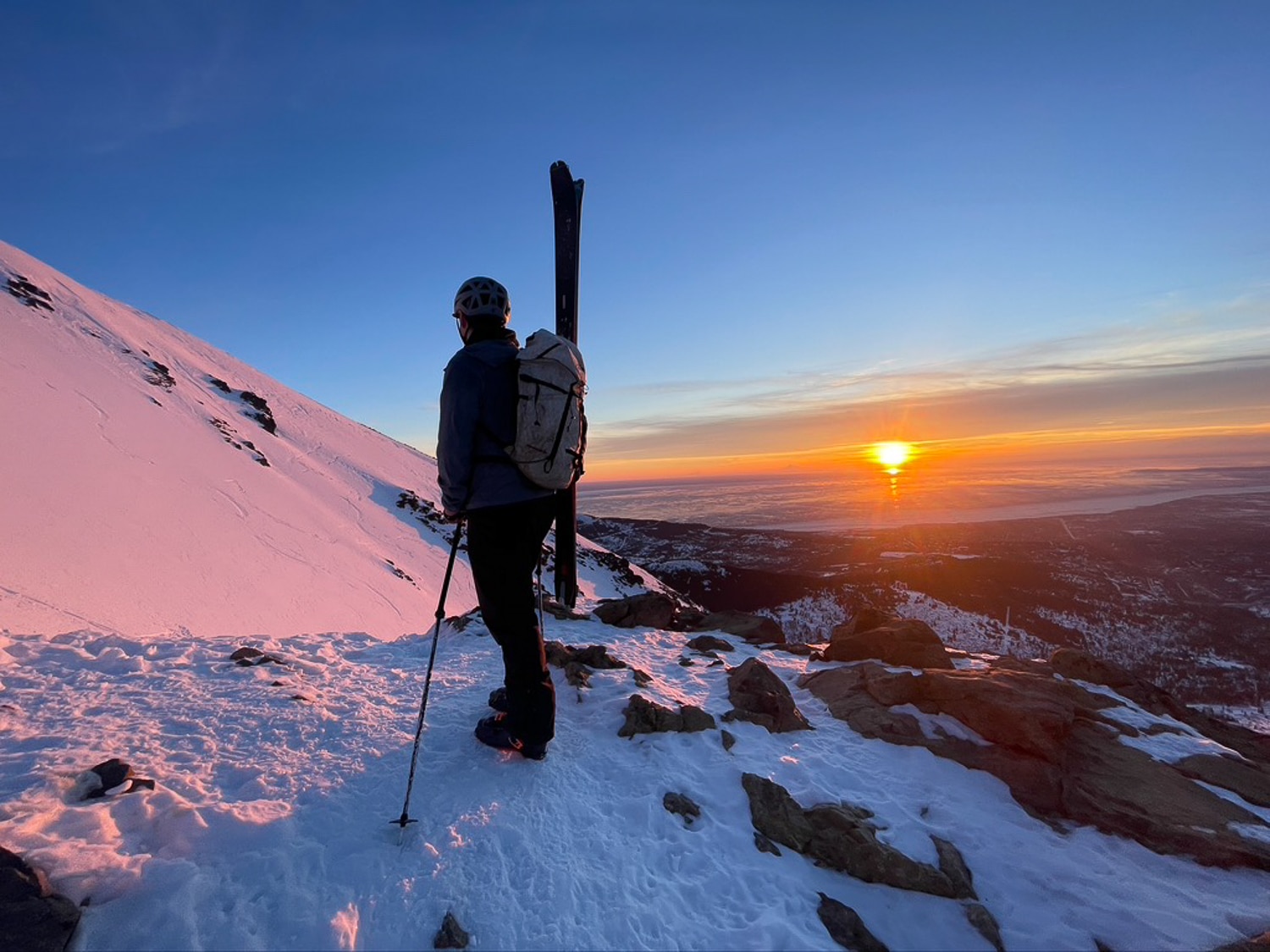We published a short piece in late February advocating for the backcountry community to participate in The Snow Pool. According to the researchers behind The Snow Pool, the initiative aims to learn how the winter backcountry community uses avalanche forecasts. Further, the survey’s data may help forecasters become better communicators. All this is worthy.
As mentioned in the February piece, The Snow Pool questions are thorough and will prompt survey takers to reflect on their practices. Recently, the Colorado Avalanche Information Center (CAIC) and The Snow Pool research group released some preliminary findings from this winter’s data collection. (The images/graphs below are provided by The Snow Pool and the CAIC.)







Leave a Reply
You must be logged in to post a comment.